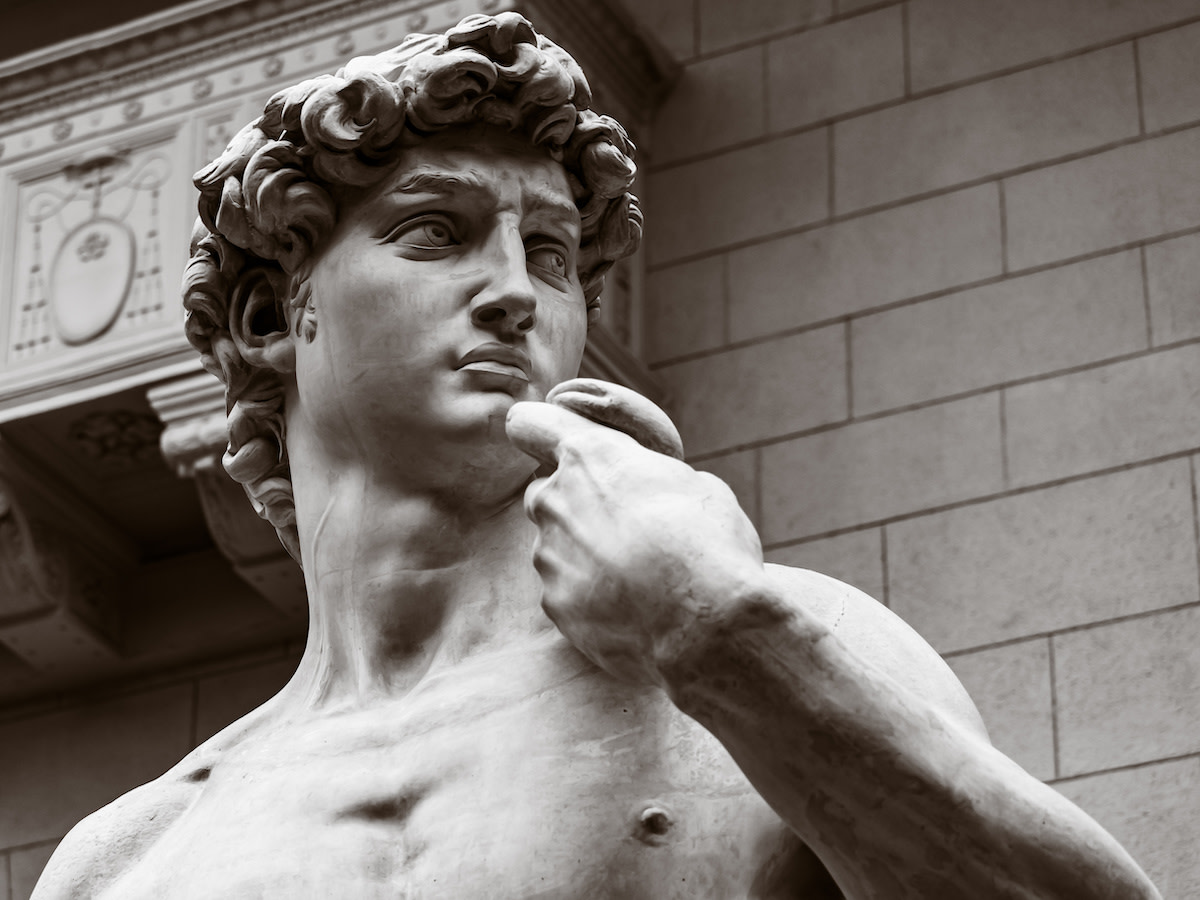Form in Art: How Artists Use Form in Their Work
Written by MasterClass
Last updated: Jun 7, 2021 • 2 min read
Form is one of the principles of art that dictates how artists represent dimensional shapes in two-dimensional or three-dimensional art.
Learn From the Best
What Is Form in Art?
Form is one of the elements of visual art which pertains to the way that a shape or physical configuration occupies space. For a three-dimensional work of art like a sculpture or work of architecture, form is the shape, structure, and arrangement of components like length, width, and depth of a shape. Instead of creating form through physical shape, painters create the appearance of form on a flat surface by using light, shadow, the appearance of an object’s contours, negative space, and the surrounding objects around the subject matter.
Types of Form in Art: Geometric Form vs. Organic Form
The two types of forms or shapes in art: geometric forms and organic forms. Geometric forms refer to precise, regular, angular, geometric shapes that are mathematically consistent, including spheres, cubes, pyramids, cones, and cylinders. Organic forms (or biomorphic forms) represent organic, irregular shapes that often occur in the natural world, which are usually asymmetrical, free-form, or curved.
Form in Sculpture: Three Dimensional vs. Relief
There are two ways to express form in sculpture: sculpture in the round (or three-dimensional) and relief. Sculpture in the round is a completely three-dimensional sculpture, usually carved from a solid block of materials like stone, clay, or wood. Sculptures done in the round are freestanding and can be viewed from all sides.
A relief sculpture is carved from flat material to create a scene that looks like a three-dimensional painting. Relief sculpture can be done in either bas or low relief, where a sculptor accentuates the details of a two-dimensional plane with light sculpture, or in alto or high relief, where the subjects protrude from the two-dimensional surface.
5 Examples of Form in Art
Here are five examples of how artists create a sense of form in their work.
- 1. Combined frontal and profile form: The most basic way of rendering the human figure on a two-dimensional surface is to combine profile and frontal perspectives of the body. For example, ancient Egyptian painters painted bodies with the head and legs in profile and the torso shown frontally, as seen in the illustrations of the Book of the Dead for the Chantress of Nany.
- 2. Illusionistic form: During the Italian Renaissance period, painters created form by using a light source to cast shadows, along with vanishing points that showed depth. These optical illusions represented space as it would appear in real life. One notable example includes Leonardo da Vinci’s The Last Supper, which conveys the illusion of three-dimensional forms occupying deep space.
- 3. Abstract form: Abstraction is a way that painters play with form by using geometric shapes to represent biomorphic ones, which occur naturally. Cubist artist Pablo Picasso Demoiselles d’Avignon experimented with painting the usually soft, curved female form with angular geometric shapes, underscoring the elements of organic shapes.
- 4. Three-dimensional form: Some of the most famous examples of three-dimensional sculpture are from the Renaissance and include Michelangelo’s monumental David, and Giambologna’s dramatic sculpture of the Abduction of a Sabine Woman.
- 5. Relief form: A famous example of a relief sculpture is Lorenzo Ghiberti’s Gates of Paradise from the fifteenth-century Italian Renaissance, which is carved out of bronze, and inlaid on the door of the St. John Baptistery in Florence, Italy.
Ready to Tap Into Your Artistic Abilities?
Grab the MasterClass Annual Membership and plumb the depths of your creativity with the help of modern artist Jeff Koons, abstract artist Futura, and stage designer Es Devlin. Our exclusive video lessons will teach you to do things like utilize color and scale, explore the beauty in everyday objects, and so much more.
